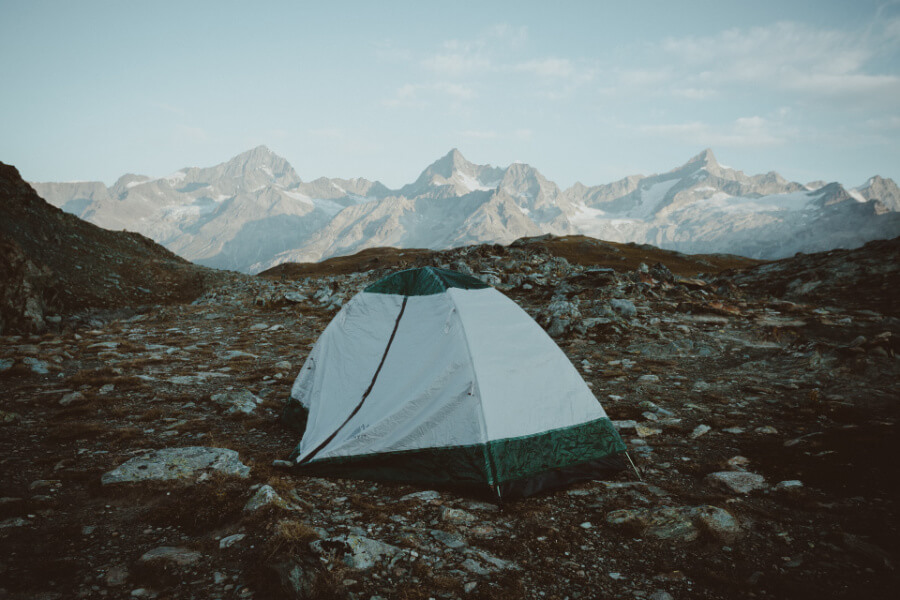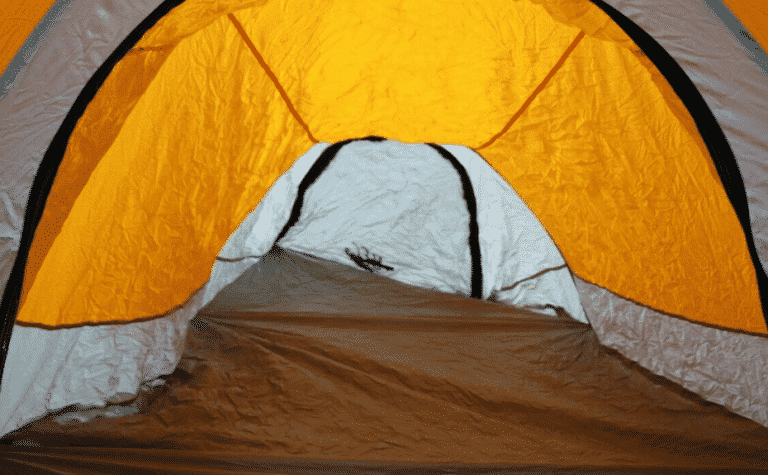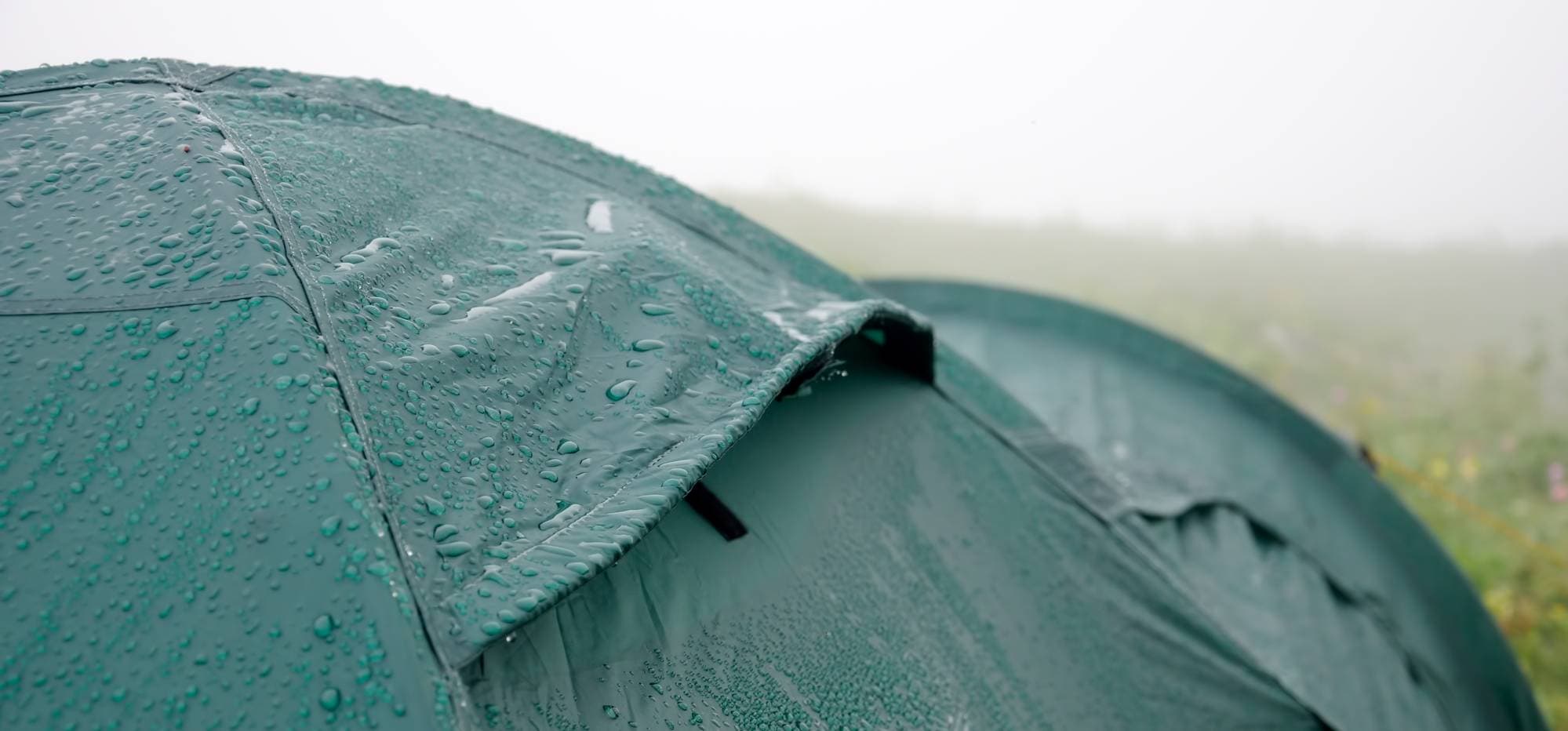I. Introduction
Camping is a popular outdoor activity that allows people to immerse themselves in nature and escape the hustle and bustle of everyday life. To fully enjoy the camping experience, it is crucial to have a comfortable and reliable shelter, such as a tent. However, one aspect that many campers often overlook is the importance of waterproofing their tent. In this article, we will explore the significance of waterproofing your tent for a comfortable camping experience, as well as the effects of water infiltration on tent durability and overall functionality. Additionally, we will delve into various waterproofing techniques to help you ensure that your tent is effectively protected from the elements.
II. Understanding Tent Waterproofing
A. Definition and significance of tent waterproofing
Tent waterproofing refers to the process of treating the fabric and seams of a tent to make it impervious to water penetration. This is vital because wet conditions can make camping extremely uncomfortable and potentially dangerous. By waterproofing your tent, you can create a dry and secure shelter that protects you from rain, moisture, and even condensation.
B. Differentiating between water resistance and waterproofing

It is essential to understand the difference between water resistance and waterproofing when it comes to tents. Water resistance refers to the ability of a tent to repel water to some degree, while waterproofing implies that the tent is completely impermeable to water. While waterproof tents are preferable for more extreme weather conditions, water-resistant tents can still provide ample protection in lighter rainfall.
C. Common materials and fabrics used in tent construction and their waterproofing abilities
Tents are typically constructed using various materials and fabrics, each with its own level of waterproofing ability. Some common materials used in tent construction include nylon, polyester, canvas, and Gore-Tex. Nylon and polyester tents are often treated with a waterproof coating, such as silicone or polyurethane, to enhance their water repellency. Canvas tents, on the other hand, have natural waterproof properties due to the tight weave of the fabric. Gore-Tex is a highly waterproof and breathable material that is often used in more advanced and specialized tents.
III. Preparing Your Tent for Waterproofing
A. Assessing the current condition of your tent
Before waterproofing your tent, it is crucial to assess its current condition. Inspect the seams for any signs of damage to the seam tape or seam sealant, as these areas are particularly susceptible to water leakage. Additionally, identify any areas prone to water leakage, such as weak spots, worn-out fabric, or compromised zippers.
B. Thoroughly cleaning and drying the tent before waterproofing
To effectively waterproof your tent, it is essential to start with a clean and dry surface. Remove any dirt, debris, and mold from both the interior and exterior of the tent. This can be done by gently scrubbing the tent with a mild soap or using a specialized tent cleaner. After cleaning, ensure that the tent is thoroughly dried to prevent trapped moisture, as this can lead to mildew and mold growth.
IV. Waterproofing Techniques

A. Seam Sealing
Understanding the purpose and importance of seam sealing: Seam sealing is a crucial step in waterproofing your tent as it helps reinforce the seams, which are the most common areas for water leakage. The seams are typically stitched and then sealed with a waterproof tape or sealant to prevent water from seeping through.
Step-by-step process for seam sealing: a. Choosing the appropriate seam sealant: There are various types of seam sealants available, such as liquid sealants or adhesive tapes. Consider the material of your tent and the intended use when selecting the most suitable sealant.
b. Preparing the tent seams for sealing: Ensure that the seams are clean and dry before applying the sealant. You can use a small brush or cotton swab to remove any dirt or debris from the seams.
c. Applying the seam sealant effectively: Apply the sealant directly onto the seam, covering the stitching completely. Use a smooth, even motion to ensure full coverage. Pay close attention to any areas that are prone to leakage.
d. Curing and testing the seam seal: Follow the manufacturer’s instructions on curing time, which typically involves allowing the sealant to dry completely. Once cured, test the effectiveness of the seam seal by spraying water on the seams and checking for any signs of leakage.
B. Tent Fly Waterproofing
The role of the tent fly in water resistance: The tent fly serves as an extra layer of protection against rain and moisture. It is designed to be waterproof and is typically made from durable, water-resistant materials.
Applying waterproof coatings to the tent fly: a. Silicone-based waterproofing sprays: Silicone sprays are popular for their ability to repel water and enhance the waterproofing capabilities of the tent fly. Apply the spray evenly to the entire surface of the fly, following the instructions on the product.
b. Polyester coatings and treatments: Some tent flies are treated with a special polyester coating to improve water resistance. Check the manufacturer’s instructions to see if your tent fly requires any specific treatment or coating.
c. Wax-based solutions: Wax-based solutions, such as paraffin wax or beeswax, can be used to enhance the water repellency of the tent fly. Apply the wax evenly to the fly, paying particular attention to seams and stress points.

C. Floor Waterproofing
Evaluating the tent floor’s water resistance: Check the manufacturer’s specifications to determine the water resistance rating of your tent floor. If the floor is not adequately waterproof, additional measures should be taken to enhance its water resistance.
Enhancing the tent floor’s waterproofing capabilities: a. Seam sealing the floor seams: Apply seam sealant to the floor seams, ensuring that all stitching is covered. This helps prevent water from seeping through the seams and into the tent.
b. Applying durable water repellents (DWR) to the tent floor: Durable water repellents can be applied to the tent floor to enhance its ability to repel water. Follow the instructions on the product for proper application.
c. Using ground tarps or footprints for additional protection: Consider using a ground tarp or a footprint beneath your tent to provide an extra layer of protection against moisture. Make sure the tarp or footprint is slightly smaller than the tent to prevent water from pooling underneath.
V. Tips for Maintaining Waterproofing

A. Regular inspections and touch-ups: Periodically inspect your tent for any signs of wear or damage to the waterproofing. Touch up any areas that may have degraded, such as seams or high-stress points.
B. Proper storage to prevent damage and deterioration: Store your tent in a cool, dry place and avoid prolonged exposure to sunlight, as UV rays can degrade the fabric and waterproof coating. Make sure your tent is completely dry before storing to prevent the growth of mold or mildew.
C. Cleaning and reapplying waterproofing treatments as needed: Regularly clean your tent to remove dirt, debris, and other contaminants that can compromise the waterproofing. Depending on usage and exposure, reapply waterproofing treatments to maintain the tent’s water resistance.
VI. Conclusion
In conclusion, waterproofing your tent is essential for a comfortable and dry camping experience. Seam sealing, tent fly waterproofing, and floor waterproofing are effective techniques to enhance the water resistance of your tent. Regular maintenance, proper storage practices, and periodic inspections will help prolong the effectiveness of the waterproofing treatments. By following these tips and techniques, you can ensure a dry and enjoyable camping experience even in wet conditions. Remember, taking proactive steps in waterproofing and maintaining your tent is key to staying comfortable and protected from the elements while enjoying the great outdoors.
